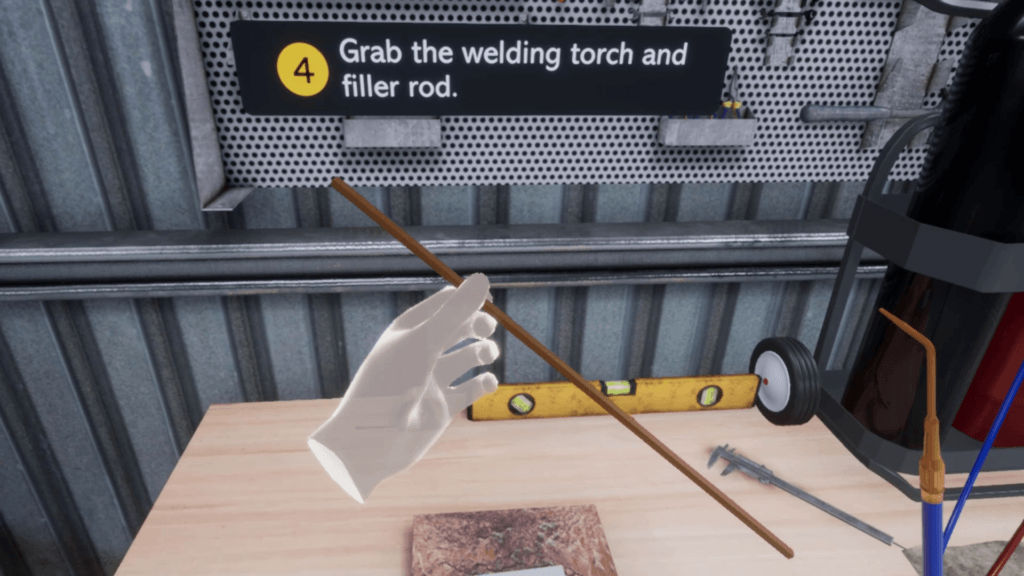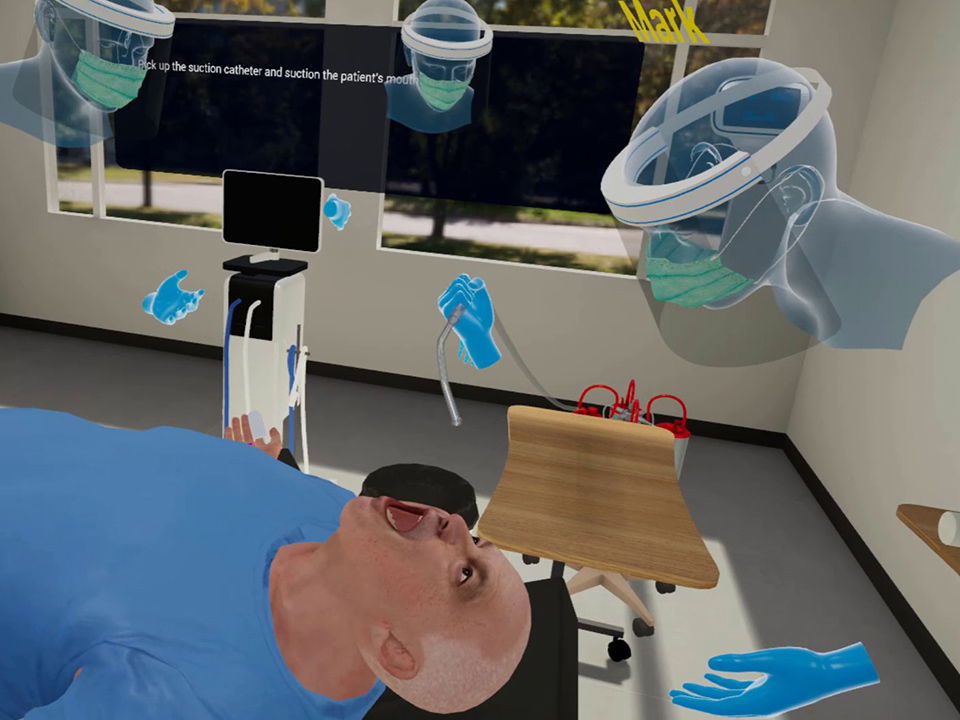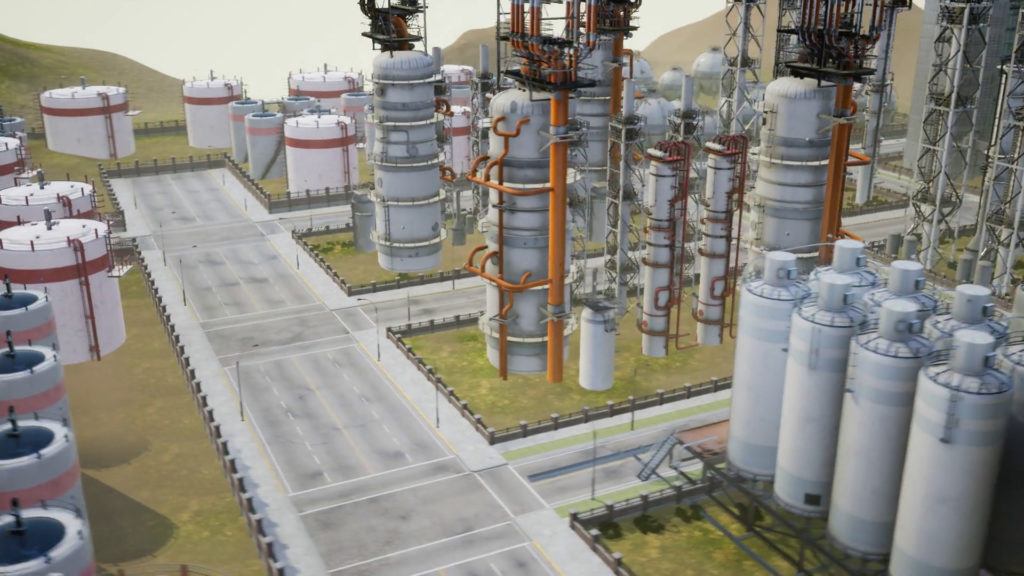Is learning skills in the metaverse a viable option?
Learning by doing is always considered to be one of the most effective means of learning. Not only does it expose the learner to a practical, real-life scenario but also helps in knowledge retention. While there are many training methods designed to fulfil this need there are many that simply cannot achieve the practical training requirement. Take for example a study of ancient times or a place as inaccessible as the center of the earth.
Even when it comes to accessible study material and ‘labs’ it may not always be possible to recreate scenarios. Or for that matter, there could be limitation of resources, or there may be too many learners and very few equipment, or the field of training may be a high-risk job. There could be many such instances where practical training is the best method but takes a back-seat due to innumerable and ‘unavoidable’ reasons.
However, with evolving technology these limitations may become a thing of the past and with the coming of the metaverse learning in realistic scenarios can be very much accessible.
What is the Metaverse
The metaverse is a digitally created virtual environment complete with digital assets that users can interact with. If you’ve played games like Fortnite and Minecraft you will have a fair idea of what it is like to interact in the metaverse and how to manipulate objects. It is like traversing an alternate world, only that your presence is not physical but in the form of your avatar and you can interact with other users through their avatars.
A large part of the metaverse is associated with entertainment but alongside there are varied fields that are realizing the potential it holds. One of them is the learning and development sector.
Benefits of learning skills in the metaverse
Virtual reality learning solutions has been around for some time and the metaverse is now going to add on to this VR experience making it more immersive and experiential.
Learning in the metaverse is going to bring about many positive changes not only in the way learners learn, but also the role trainers have to play. It is a win-win situation for both parties.
Engaging learning environment for learners: Stepping into the metaverse is like entering a whole new environment. Whether it is a replica of a real-world setting, some archeological site, inside a chemical bond structure, or a disaster site, the learner is immersed in a distraction-free environment. Learning in such engaging scenarios will help drive home the point and provide highly effective learning experiences.
Detailed learning scenarios: The metaverse consists of digital environments that are designed and created by humans. When developing environments for learning and training purposes, minute details are taken care of to provide learners with a holistic learning experience. Many aspects that may be difficult to achieve in real-life settings can be included in the virtual world to construct an all-round learning scenario. Take for instance the example of firefighters. Training in rescue operation can be imparted through digitally constructed scenarios in the virtual world. And these will be absolutely safe to practice in. No risks attached. This also holds good for healthcare procedures where learners can practice with virtual patients in zero-risk virtual environments. The more they practice the more efficient they get to take on real life responsibilities.

Practicing a high-risk task like welding in a virtual environment gives learners the opportunity to make mistakes, analyse them and learn from those mistakes.
Enhances knowledge retention: Training in the virtual world mimics real-world situations where learners can observe, analyze, experiment, and perform tasks. Working in simulated immersive environments provides engaging learning that enhances knowledge retention among learners.
Increased ROI: An environment once created can be used innumerable times for multiple training sessions. There is no setting up time required between sessions which means no added expenses for re-creating scenarios. Additionally, every environment is training ready at all times. All it needs is a few ‘clicks’ to start afresh. With efficient movement within sessions and a one-time set-up feature training expenditure can witness a sharp fall and deliver increased ROI.
Boundless customization options: When working on virtual environments it is possible to let one’s creative juices flow freely and come up with innovative ideas to aid learning skills and concepts. Apart from replicating real life scenarios it is also possible to jump back into historic times, take a leap into space, dive down to the ocean beds, peek inside a pumping heart, or simply roam the streets or a fictitious place. The metaverse can be a learning platform for learners from all disciplines.
Cause and effect learning: Learning from doing also involves making mistakes. A mistake once made becomes a lesson and when learners are given the freedom to make mistakes, view the consequences and effects of their actions the learning becomes more effective. Learning in virtual scenarios provides learners with an open platform to execute tasks, view the results and derive learnings from each attempt. This solidifies the learning process.

A delicate procedure like intubation, when practiced in a virtual setup, provides opportunities of multiple practice sessions to perfect the skill and perform in real-life with confidence.
Confidence boosting: Practicing skills in realistic environments provides learners with practical learning experiences. Multiple practice sessions help polish skills and make concepts crystal clear for better understanding. This means that when learners step into real life situations to perform their tasks they are job-ready, prepared and confident to replicate the acquired knowledge and skill.
Highly scalable training material: A virtual environment once created can successfully be used by any number of persons. This makes it highly scalable and economical to use. The need to create multiple props is eliminated, there is no time lag between training sessions, multiple learners can access the same training material simultaneously, expenses for additional training facilities are eliminated, and learners can learn from anywhere at any time.
The metaverse is gaining ground. According to a recent report the metaverse market could surpass USD 993.86 billion by 2030. Another report states that the metaverse market that was valued at USD 4.9 billion could reach USD 94.9 billion by 2030. This does not come as a surprise considering the potential this form of learning carries with it.
Contact Us to create engaging and immersive online learning content or to know more about our immersive architecture.




